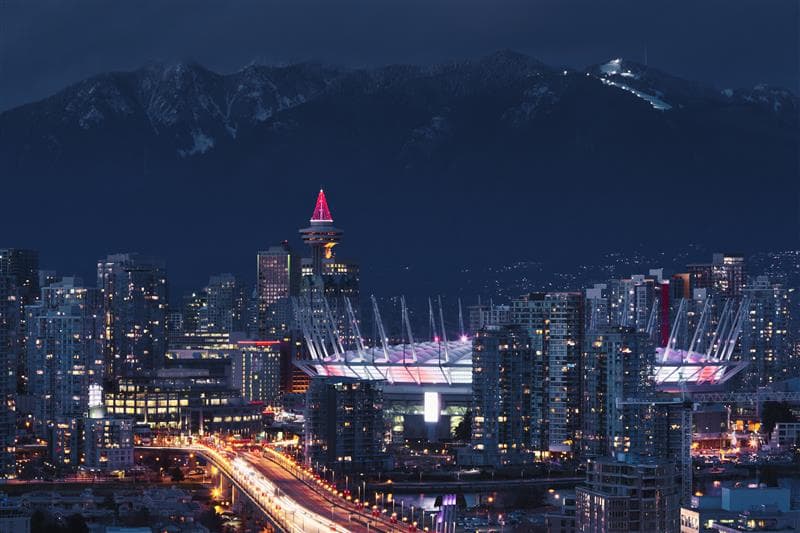Article
Mitigating Health and Safety Risks Amid Nepal’s Civil Unrest and Environmental Strain
27 OCT 2025
/
3 min read
Author
Vice President, Global Operations

General Overview:
Nepal’s healthcare infrastructure, already stretched thin, is navigating a perfect storm of political unrest, supply chain disruption, and environmental hazards, following the social uprising in September 2025. The nation’s healthcare delivery remains highly centralized, with advanced services clustered in urban hubs like the Kathmandu Valley. Rural districts, by contrast, operate with minimal resources, under-equipped clinics, and delayed emergency response. Last month’s riots sent hundreds of civilians to hospitals, increasing the number of trauma patients, and exposing systemic vulnerabilities. While Kathmandu’s hospitals managed, the strain on personnel and critical supplies (e.g., blood units, trauma kits) is unsustainable without strategic intervention.
Crisis24 provides targeted and direct support to both residents and travelers to stay safe in times of uncertainty. This includes guidance regarding supply chain disruptions, medical shortages, or air quality concerns. Our goal is to equip people with practical, health-focused strategies that can be applied broadly across any region facing disruptions.
Medical Infrastructure and Supply Chain Concerns
The Nepal Electricity Authority (NEA) experienced major setbacks due to the ongoing political unrest and the resulting curfews, leading to power supply disruptions in Kathmandu and other parts of the country. The lack of a stable power supply poses a serious risk to hospital operations and healthcare services.
With over half of its pharmaceuticals imported from India, Nepal’s dependency on cross-border logistics leaves its supply chain vulnerable. Domestic pharmaceutical production satisfies less than half of the demand. Thus far, the protests have not specifically targeted medical supply warehouses or pharmacies. However, the imposed curfews and roadblocks in various cities have delayed the distribution of supplies.
Health Risks and Air Quality
Beyond infrastructure, environmental health risks were compounded during the crisis. In areas most heavily affected by protests, smoke from burning buildings and vehicles dramatically degraded air quality. On the afternoon of Sept. 9, authorities issued an alert stating that the Air Quality Index (AQI) was over 110, posing serious risks to those with respiratory issues like asthma, allergies, or heart disease.
Although the political unrest in Nepal was a catalyst for the recent supply chain and environmental deterioration, the strategies for staying safe during such crises are broadly applicable. It is critical to stay calm and informed about your environment. Proactive awareness and preparation are key to navigating any environment affected by unrest or environmental hazards.
Staying Alert
Understanding the primary health hazards during civil unrest is essential for appropriate precautionary measures:
Smoke Exposure (Wildfires / Structure Fires)
Smoke is a mix of gases and fine particles that irritates the eyes, nose, and lungs, and worsens asthma, COPD, or heart disease. Even healthy people may develop coughing, sore throat, headaches, and shortness of breath during high exposure.
Key Concern: Prolonged exposure raises the risk of severe respiratory distress in vulnerable individuals.
Riot Control Agents (Tear Gas, Pepper Spray, etc.)
Riot control agents act within seconds, causing eye tearing, burning skin, coughing, nausea, and anxiety, typically lasting 15–30 minutes after exposure ends. Rarely, they may trigger severe asthma attacks, skin burns, or lasting eye injury, particularly in those with pre-existing lung disease.
Key Concern: Repeated or heavy exposure in confined spaces poses higher long-term health risks.
Follow these targeted protective measures based on your health status and vulnerability:
General Population/Travelers/Expat Advice
- Limit outdoor activities when AQI reaches “Unhealthy” levels.
- Carry N95 or equivalent masks for protection in high-smoke or polluted conditions.
- Stay indoors in well-ventilated spaces, using air filtration when possible.
Additional Considerations for Individuals with Underlying Pulmonary Conditions
- Strongly reconsider travel during periods of hazardous AQI or anticipated wildfire/riot events.
- If travel is unavoidable, keep medications (inhalers, rescue meds) always accessible and arrange medical support in advance.
- Avoid areas where tear gas or smoke exposure is likely; use respirators and eye protection if exposure risk exists.
- Stay in accommodations with air filtration and avoid outdoor exertion.
Your Trusted Partner in Global Risk
Crisis24 provides global expertise and real-time intelligence to help you navigate any threat, at any time. Our medical and security specialists stand ready to guide your preparedness, response, and recovery efforts.
Related
Sharpen your
view of risk
Subscribe to our newsletter to receive our analysts’ latest insights in your inbox every week.
Intelligence & Insights
Intelligence
Worth Gathering
Employing a team of 200+ analysts around the world, Crisis24 is the only source you need for on-point, actionable insights on any risk-related topic.

Intelligence Analysis
Black Sea: Maritime Attacks Likely to Intensify After Recent Ukrainian Attacks on Russian-Linked Tankers
Escalating Ukraine-Russia maritime attacks in the Black Sea threaten ports, oil tankers, and global shipping routes, raising security and insurance risks.
By Danielle Marais
December 11, 2025

Intelligence Analysis
Travel Considerations for Gender Non-Conforming Individuals
Gender non-conforming travelers may encounter documentation issues, security screening challenges, and limited access to care. Learn how to plan and reduce travel risks.
By Jacopo Di Bella
December 10, 2025

eBook
Preparing for the Soccer World Cup 2026 – Canada Travel Advisory
The upcoming World Cup tournament is set to be the largest in history unfolding across three nations – the US, Mexico, and Canada – with each country presenting unique security challenges for travelers. Learn about the specific risks associated with the games in Canada.
December 8, 2025

Intelligence Analysis
Severe Flooding in South Asia: Health Risks and Disease Concerns
Severe flooding across South Asia disrupts health services, increases waterborne disease risks, and challenges crisis response efforts.
By Robyn Mazriel, Jade Smith
December 4, 2025




